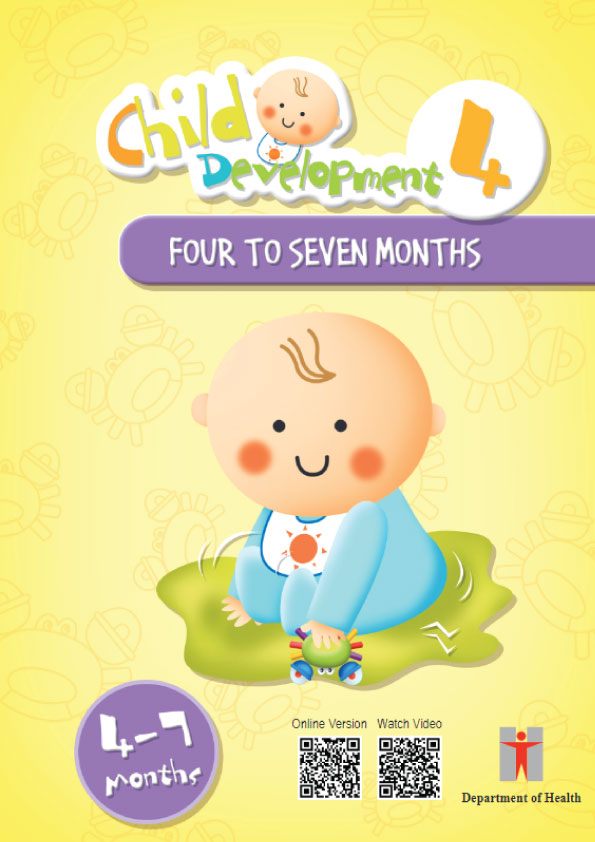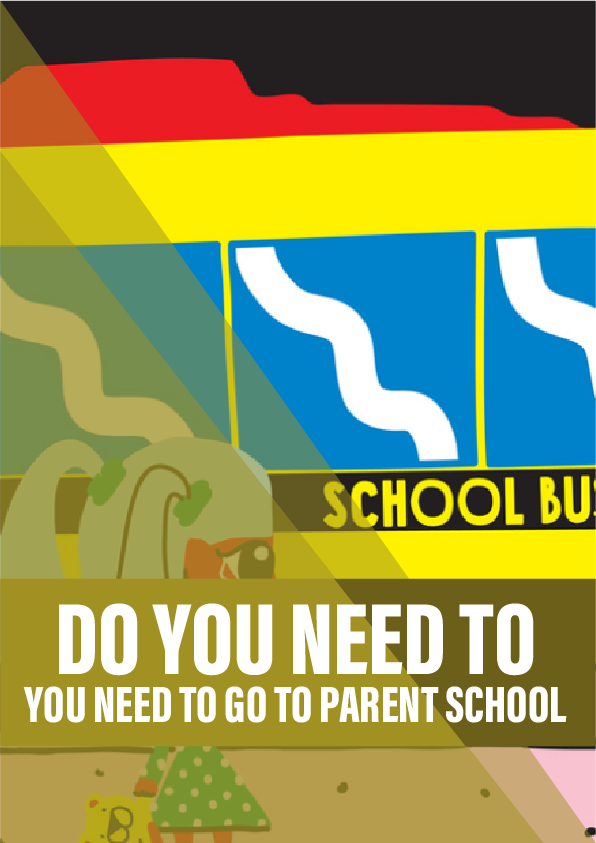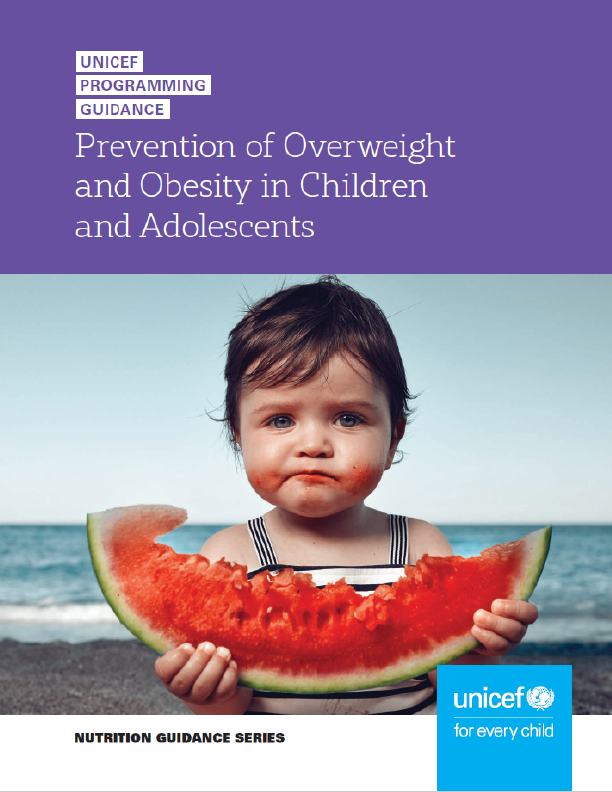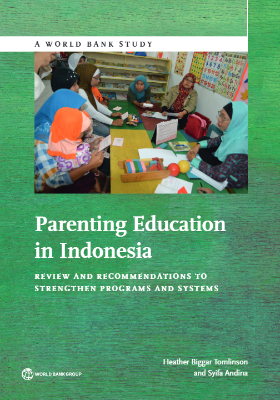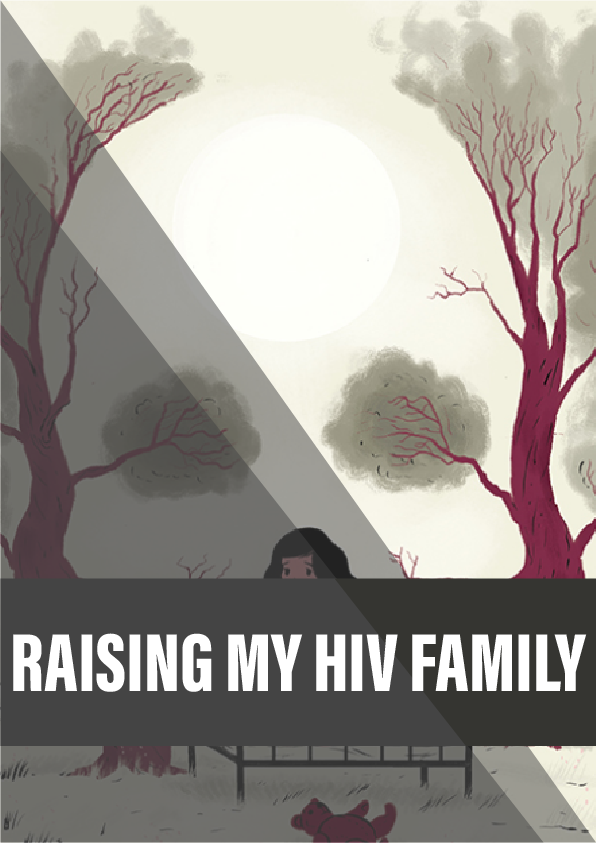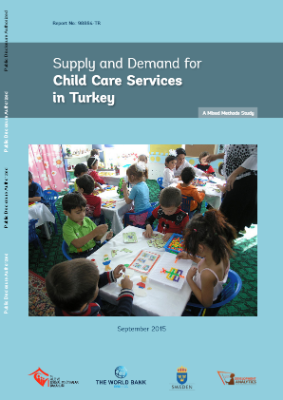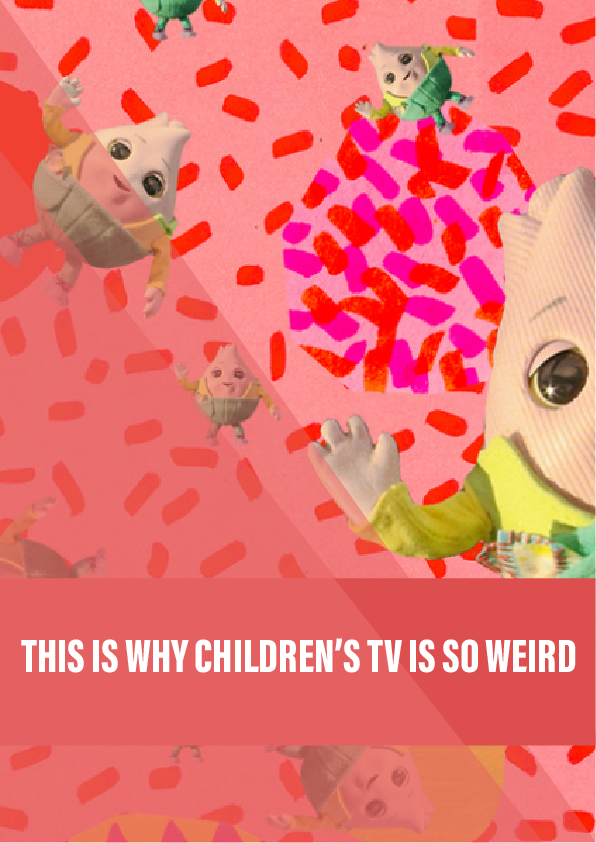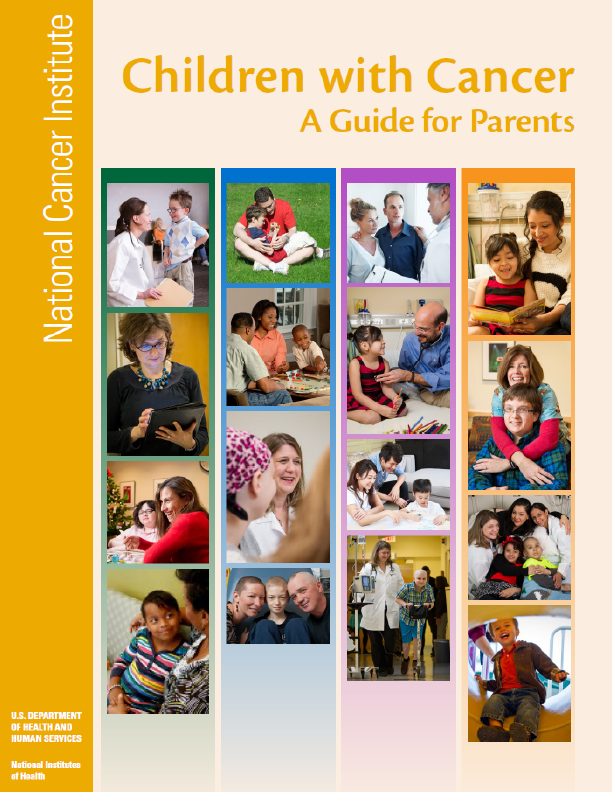By four months of age, both you and your baby will probably have adjusted to a reasonably regular routine. This routine will provide a predictability that will help your baby feel secure. During this period he will learn to coordinate his touch, vision, hearing and other senses with various motor activities to make them more purposeful. For example, he is now capable of reaching out to grasp a rattle, exploring with his hands, or shaking it and listening to the sound.
This is also the period during which he will be able to better express his feelings, likes and dislikes, and start voicing them out more and more frequently! He becomes very sociable, smiles and plays with anyone he meets.
At about 6 months old, your baby will begin to show a strong preference for you and other people who constantly care for him. As he distinguishes you from others, he becomes wary of strangers. This is “stranger anxiety“. He will learn that you are a safe and secure base from which he can explore the world. Therefore, a constant care figure is important during this period.
By the end of the seventh month, your baby will be able to:
Movement
- Roll over from tummy to back and reverse
- Push up her head and body with hands when lying on her tummy
- Sit with support of her hands or even free her arms for short while
- Support full weight of her body when being held upright
- Reach out and grasp objects
- Explore objects held with both hands
- Transfer object from one hand to the other
- Rake small objects with fingers and pick them up with fingers and thumb together
- Play with her feet and even put them into her mouth
Vision
- Show interest in colourful pictures
- Readily recognize familiar persons at a distance (several feet away)
- Follow objects with quick and smooth eye movements
- Fixate and follow tiny objects (e.g. choco beads) in front of her at 30-40 cm away
Hearing
- Turn head readily in response to parent’s voice across the room
- Localize the source of soft noise produced on either side
Language development
- Respond to people calling him
- Distinguish emotional tone of voice
- Babble chains of consonants like bah-bah, da-da
- Imitate different sounds made by adult
Social and emotional development
- Show strong preference for mother or care person
- Start to develop stranger anxiety
- Show Interest in his own image in the mirror
Cognitive Development
In these few months, apart from absorbing information your baby also learns to apply it in her day-to-day activities. During this period, one important concept that your baby acquires is the principle of “cause and effect”. She starts to realize that the rattle would make a noise when she shakes it. Once she understands that she can cause these interesting reactions, she will continue to experiment with other ways to make things happen.
Another important concept is the development of “objects permanence”. Before then, your baby assumed that the world consisted only of things that she can see. When you hide a toy under a cloth, she thought that it is gone for good and would not bother to look for it. By now, she starts to realize that the world is more permanent than she thought. The toy that is hidden does not vanish after all. This is an important basis for the development of a secure attachment with you.
- Enjoy making sound with toys (e.g. rattle) and objects (e.g. keys) repeatedly
- Enjoy playing “peek-a-boo“
- Find partially hidden objects
Stimulating infant’s development
Ensure that there is a constant care-giver for your baby. Take advantage of his sociability to acquaint him early on with people who will help care for him. This can encourage the development of a secure attachment with the main care-giver so that he can have the confidence to venture out and explore the environment.
Your baby’s temperament will become more evident over these few months. As each child is different, take your time to know your child’s behavioural style and develop your activities and pattern of interaction that suit you both.
What you can do:
- Let your baby be physically active several times a day in a variety of ways; more is better:
- Allow him to have at least 30 minutes tummy time spread throughout the day while awake
- When lying on his tummy, encourage him to raise his head and chest with attractive toys
- Help your baby to practice sitting and to balance himself, initially supporting him by yourself or with pillows at the back and sides then gradually withdrawing the supports
- Avoid restraining your baby in stroller, high chair or baby carrier for more than 1 hour at a time
- Place colorful toys in front to attract him to reach for them
- Continue talking to him during the day. Repeat the syllables made by him and encourage him to imitate your sounds
- Avoid screen time with various electronic media for your child
Toys that you can choose:
- Rattles and toys, of different textures and colours, that make sound to encourage the baby to manipulate with her hands
- Unbreakable mirrors for babies
- Colourful pictures or books for you and baby to look at together
The above information only gives you a general idea of the changes expected as your child grows. Each baby is unique and wide variations in the pace of development are often normal. Don’t be alarmed if your baby takes a slightly different timing or fails to attain certain ability at some stage. It may only signal a need for more attention.
Discuss with doctors or nurses, if by the end of this period, your baby
- Does not move much or move asymmetrically
- Does not sit well with support on her hands
- Does not bear some weight on legs when being held up
- Does not reach and grasp objects
- Does not visually follow objects nearby or at a distance
- Has one or both eyes consistently turn in or out (i.e. squinting)
- Does not respond to calling
- Does not turn head to locate the source of sound
- Does not vocalize
